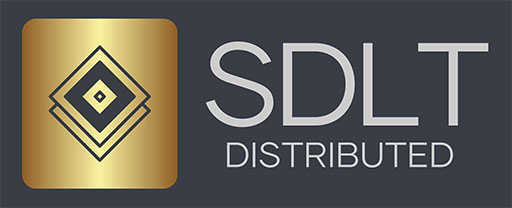
DLT, Smart Contracts are “Coming of Age”: BoE’s Mills – The Full FX
In a speech that also floated tokenised assets as collateral, Sasha Mills, executive director of financial market infrastructure at the Bank of England, also noted that blockchain, smart contracts and stablecoins are entering mainstream finance as the technology becomes embedded in existing processes and structures.
Mills revealed that the BoE is prepared to be “the banker” to stablecoin issuers and provide them with central bank accounts to enhance trust in the new form of money and to allow stablecoin issuers to compete with commercial banks without having to rely on them.
In her speech on 8 October, Mills emphasised the importance of innovation in financial markets while stressing that new ideas and tools need to be safely regulated to ensure stability and continuity in markets. Still, she said, the Bank is committed to supporting responsible innovation, noting that there are a number of ongoing initiatives, including the transition to T+1 settlement and the upgraded Real-Time Gross Settlement (RTGS) service, RT2.
“Not so many years ago distributed ledger technologies (DLT) and smart contracts were new ideas, now they are coming of age,” Mills said, adding that the evolution of the financial system is at a “pivotal moment.”
“We are at a pivotal moment in the evolution of the financial system,” she added, noting that new technologies are becoming embedded in financial markets.
At the heart of the melding of the new and existing financial systems are financial market infrastructures (FMIs), as these actors enable the safe operation of millions of payments, securities trades and other markets. As part of the Bank’s efforts to keep the UK innovative, Mills highlighted the design of the synchronisation interface as part of the RTGS Future Roadmap, which will allow for the settlement of funds in RTGS against assets on a variety of ledgers, including programmable, DLT-based ones. This will offer extended settlement hours and it’s a part of the BoE’s efforts to support what Mills termed “the responsible deployment of emerging technologies”.
The move to T+1 settlement is another example Mills used to underscore the Bank’s efforts. She said the move to a shorter settlement cycle will free up as much as $1 billion of funds that are held as margin in today’s markets.
She also noted that the BoE is currently consulting on the types of collateral CCPs should accept, including tokenised assets, as part of efforts to streamline the regulatory regime for CCPs, which will also touch on margin model approvals and new product authorisation.
Stablecoins are also on the agenda, with Mills saying that the Bank is ‘well advanced” in developing a detailed and forward-looking regulatory framework for stablecoins, which will set out standards these digital tokens will have to meet. These proposals have taken into account lessons from other jurisdictions and they will incorporate international standards and recommendations made by the Committee on Payments and Market Infrastructures and the Financial Stability Board. The proposals will be released later this year.
“While we are open to innovation and supporting the development of viable business models, our priority is to maintain trust and confidence in money and payments,” she said. “If stablecoins are to be widely used for everyday payments, maintaining trust and confidence in this new form of money is paramount.”
The proposed framework stipulates that a portion of backing assets should be held in central bank deposits. “This means that we are prepared to provide the accounts and in effect be “the banker” to stablecoin issuers, which can further enhance trust in this new form of money and means stablecoin issuers need not rely on entities (commercial banks) with whom they are seeking to compete,” Mills said.
